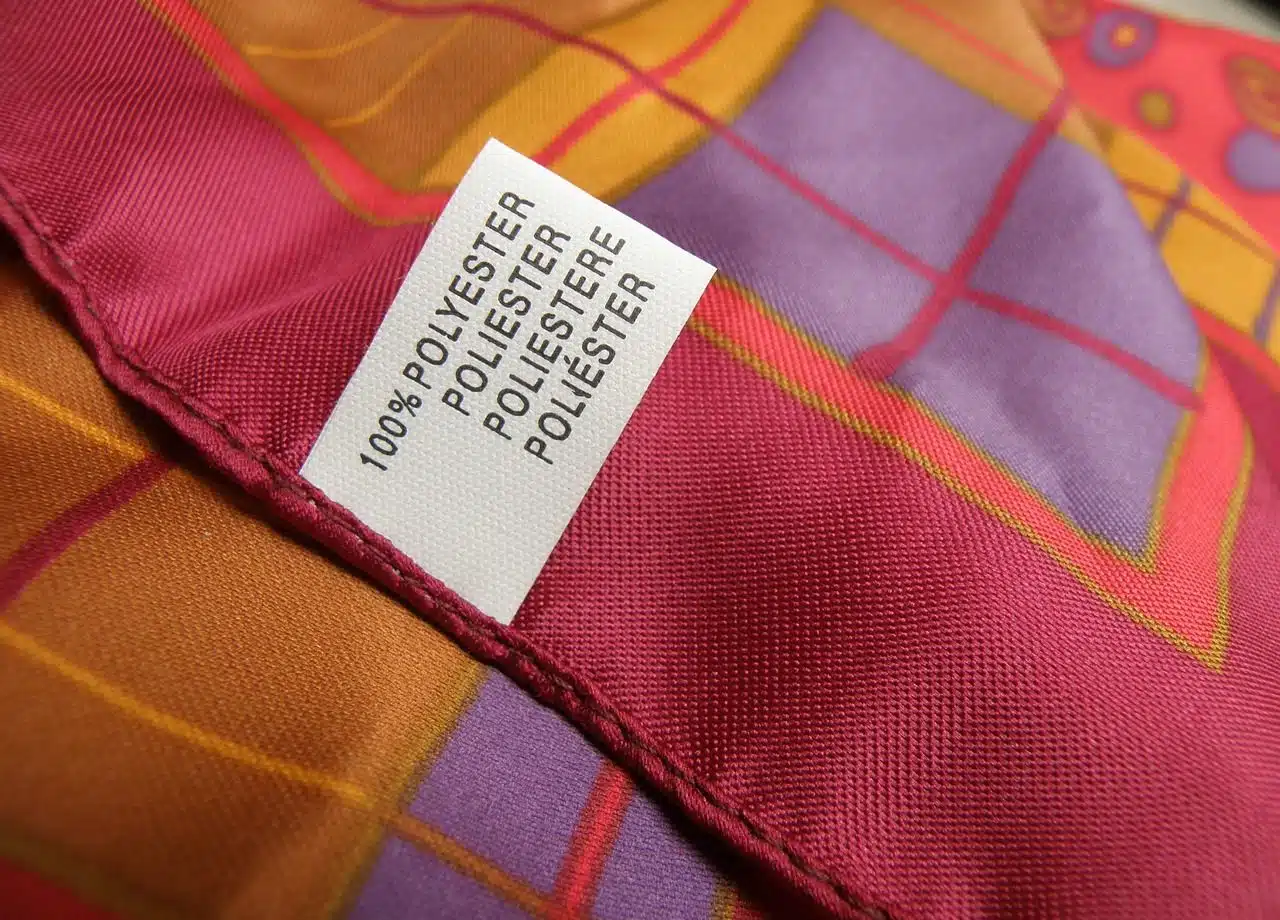
Polyester is a polymer.
Polyester is a notion that derives from polyester , a concept from the English language. It is a polymer that arises from the polymerization of a hydrocarbon called styrene and other chemical elements.
Polyester is a resin that is characterized by its resistance to various chemical agents and humidity, which allows it to be used in the production of various products. Its natural presence was discovered in 1830 , although the notion of polyester is usually used to name synthetic polyester .
Currently, polyester is used to manufacture industrial matrices, pipes, threads, fibers, paints and packaging. It is important to note that, within polyesters, there is the material colloquially known as PET ( polyethylene terephthalate ).
PET is a plastic that is used around the world to produce bottles and other types of containers. This polyester resists corrosion and heat and can be combined with different substances to increase its properties. Because its use in contact with food is authorized by Law, PET is usually used for the manufacture of beverage containers. Another notable feature of PET is that it is recyclable, either through a chemical process or through mechanical action.
Polyester in the textile industry
Polyester, on the other hand, is a very popular material in the textile industry . It is possible to find shirts, pants and other clothing items made with this polymer, as well as curtains and tablecloths. Usually in these cases, polyester is combined with wool or cotton.
Worldwide, polyester was the first synthetic fiber used to make fabrics, and its arrival in the textile industry represented a true transformation when it first appeared in 1941 . Some of its advantages are its low production cost and that its availability is not linked to crops, for example.
In 1951 , the media showed polyester to the American public as a type of fabric that did not need to be ironed ; For this reason, products made with this material came to be classified under the name wash -and-wear . Of course, it didn't take long for certain negative aspects of polyester to come to light, such as that it caused skin irritation; In addition, some people did not find its texture pleasant to the touch.

It is common for polyester to be used in the textile industry.
Your advantages
The fact that polyester is a cheap material to produce has two opposite consequences: on the one hand, it is tempting for consumers looking to invest little money in their clothing; For those who use clothing as a means of ostentation, however, this aspect is far from positive. To avoid the unfavorable perception of this last portion of the public, some manufacturers tried to mix polyester with other fabrics, among other market tactics so as not to have to name it directly.
One of the most important innovations derived from this material was microfibers, which were recently discovered and allowed companies to manipulate the texture to produce fabrics that are more durable, lighter and very soft to the touch . Microfibers have a more silk-like appearance, making them more appealing to the eye.
Polyester fabrics are not only especially economical, but they are also very resistant, they weigh little, you cannot perceive humidity when you touch them, and their melting point (the temperature at which a material begins to melt) is very high. As if this were not enough, stains do not adhere easily, it does not stretch or shrink, it dries in a short time, it does not wrinkle, it is easy to wash and it resists solvents and dyes, among other chemicals.
